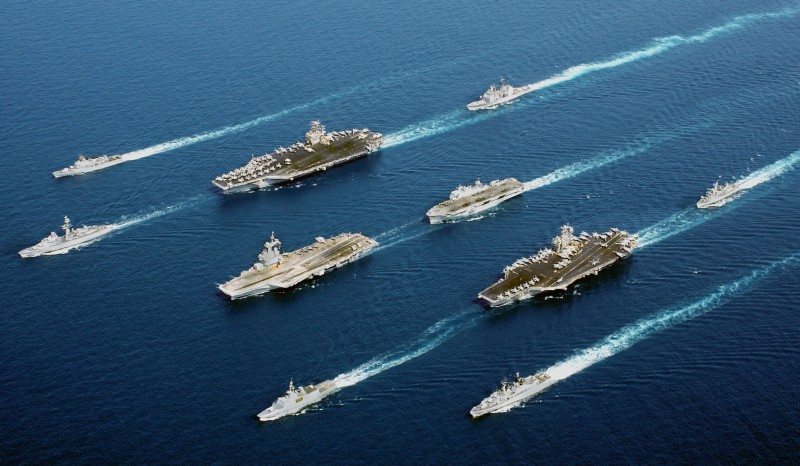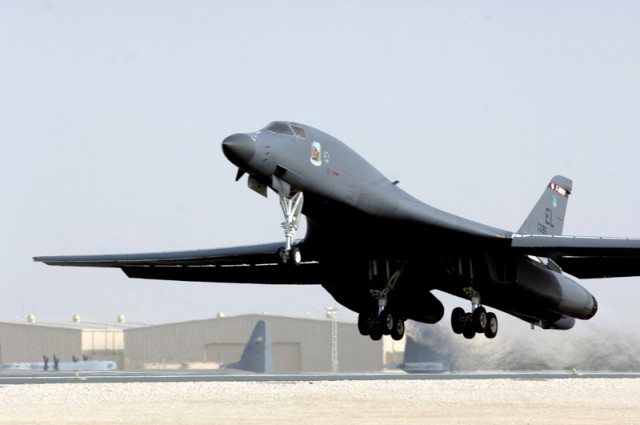The Navy will remain focused on the Middle East, particularly the strategic Strait of Hormuz, while ensuring its sailors operating there are remain properly equipped for the mission, the chief of naval operations said yesterday.
Navy Adm. Jonathan W. Greenert told a Center for New American Security forum that tensions over the Strait of Hormuz top his list of concerns.
“If you ask me what keeps me awake at night, it’s the Strait of Hormuz and the business going on in the Arabian Gulf,” he said during a question-and-answer session following his keynote address.
Greenert, who discussed the importance of cooperation and partnerships, particularly in light of the new defense strategic guidance, told a reporter he sees no major movement of naval assets from the Middle East.
“There won’t be a taking of my eye off the ball,” he said.
He cited tensions over the Strait of Hormuz, the only sea passage to the open ocean for petroleum-producing nations in the Persian Gulf region. An estimated 20 percent of the world’s oil supply passes through the strait.
Iran has flexed its muscles, threatening to cut off access to the strait if the United States continues to maintain an aircraft carrier presence there.
Defense officials have emphasized that closure of the strait will not be tolerated. They called carrier strike group deployments vital to maintaining continuity and operational support to ongoing missions in the U.S. Central Command area of responsibility.
“Our interest is in safe and secure maritime passage for ships transiting the Strait of Hormuz,” Pentagon Press Secretary George Little told reporters last month when the issue first arose.
Greenert told reporters yesterday he rode the Strait of Hormuz during his recent visit to Bahrain. “I … took a look around and view that as an important aspect,” he said. “So the Navy won’t be taking their eye off the ball.”
He promised to work to ensure naval forces that operate in these waters “have the right equipment to do the right thing.”
“It’s something I mull over … again and again,” Greenert said.
“Our folks that transit in and around that area, I want to make sure that they’re able to deal with the things that they need to deal with,” he added.
That, Greenert explained, includes self-protection and antisubmarine warfare assets. It also includes “anti-swarm” assets to protect against “swarm attacks” by small high-speed boats that have been called the Navy’s equivalent of the improvised explosive device issue.











